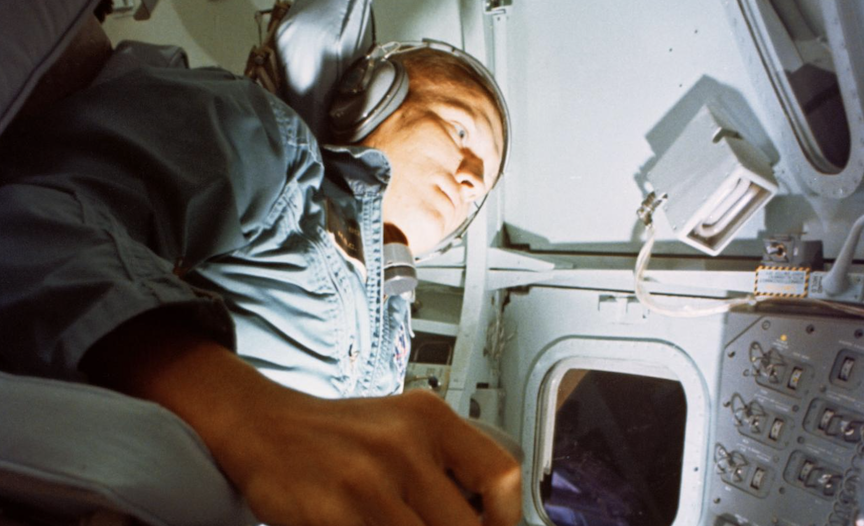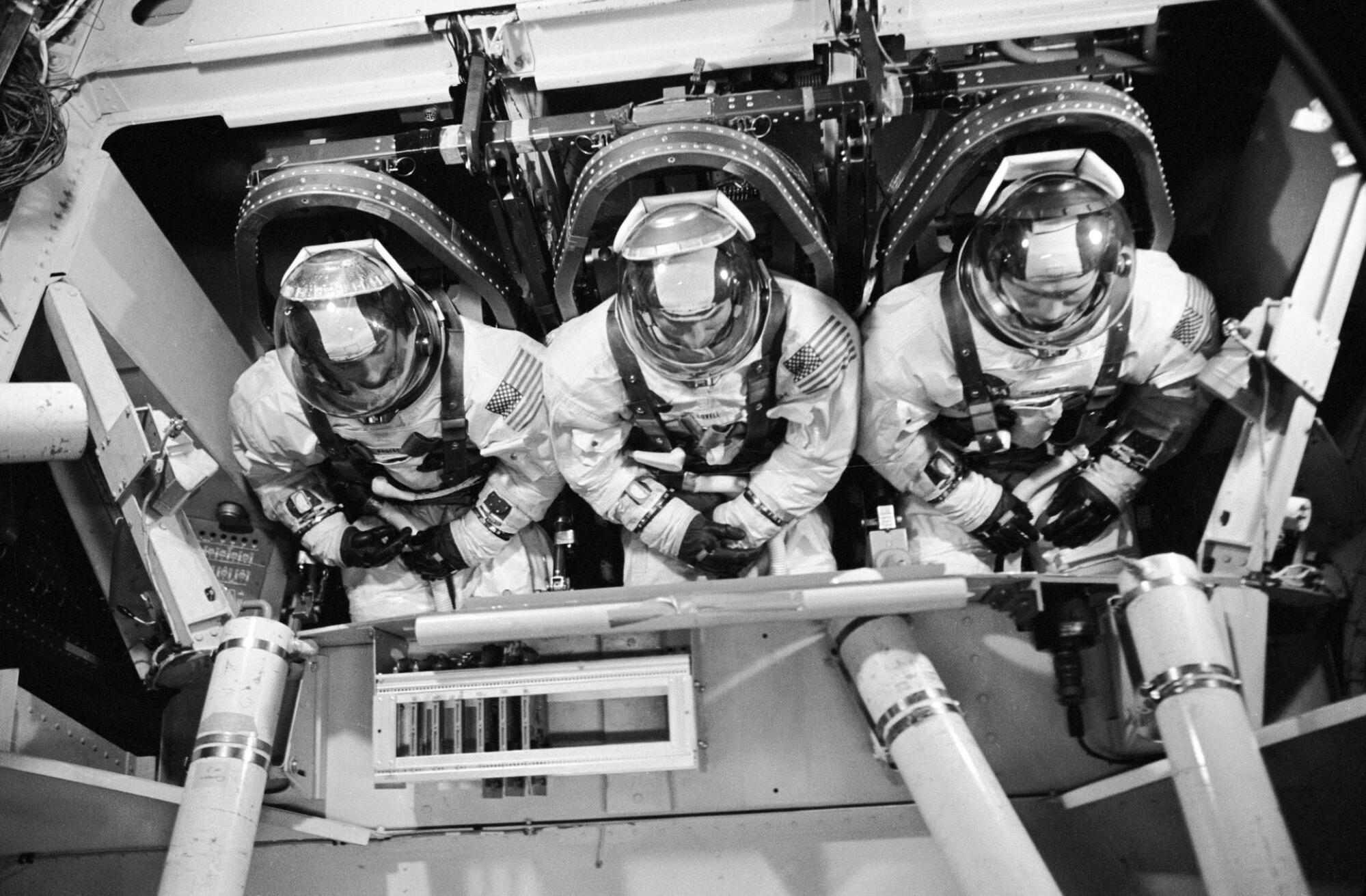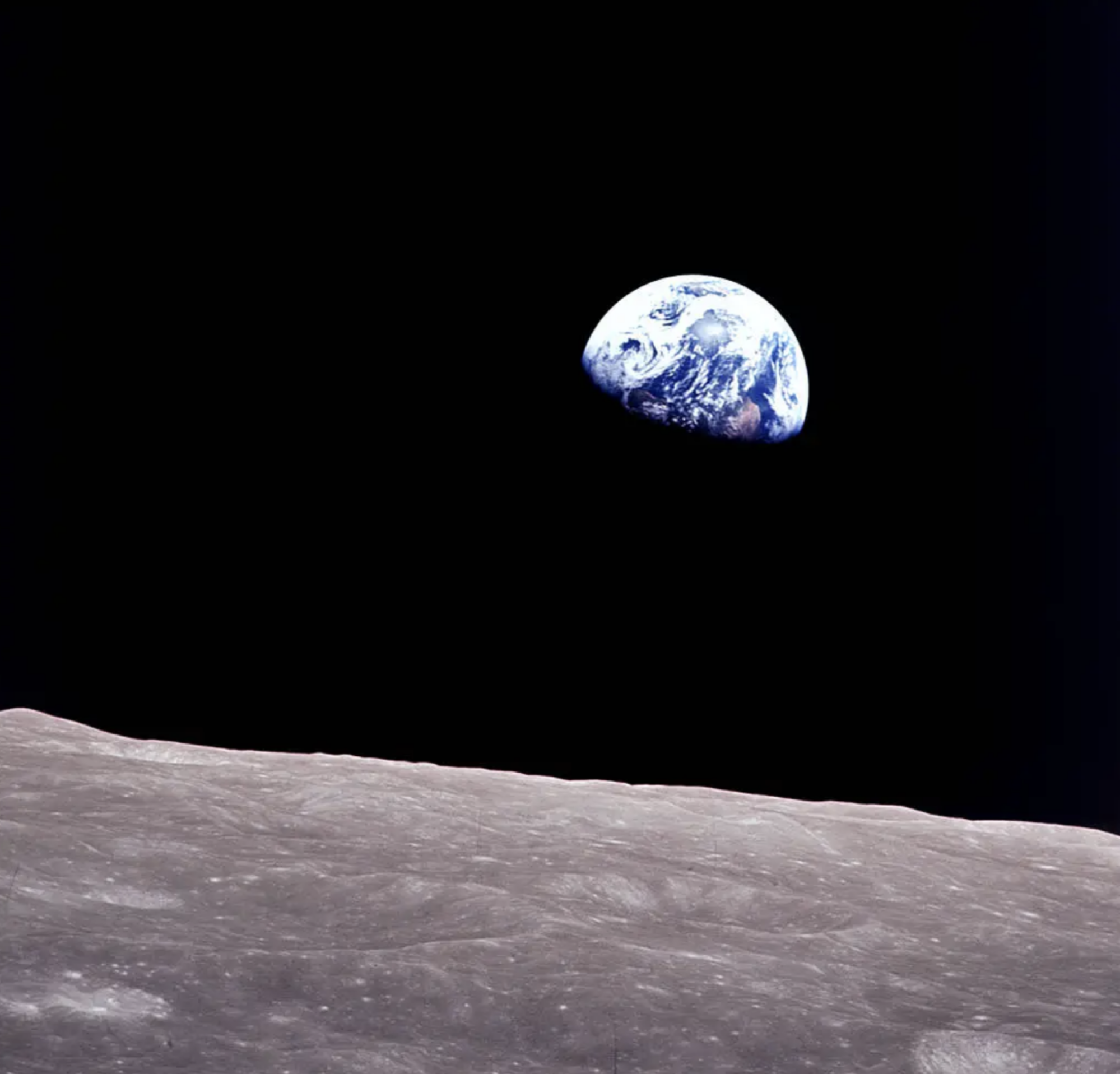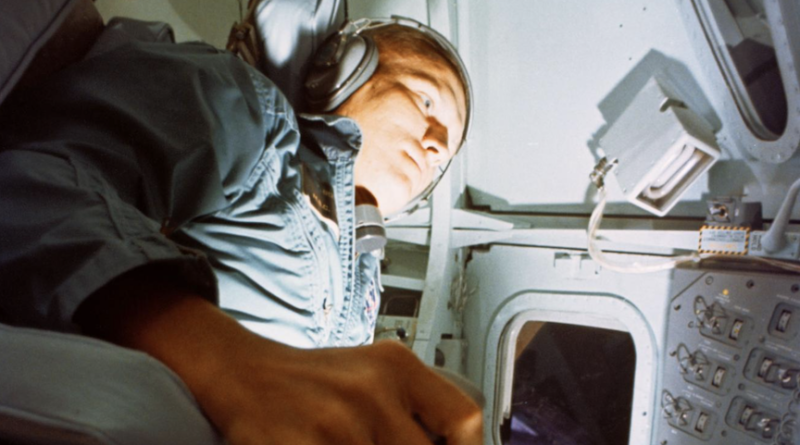NASA’s most unusual astronaut has died

Frank Borman didn’t give a damn about the moon.
The legendary NASA astronaut, a vital member of the agency’s Apollo program, said in his later years that he wasn’t in it for the grandeur of space exploration. He had another singular, though ambitious, desire: proving himself to be a unique national gem.
“I wanted to participate in this American adventure of beating the Soviets. But that’s the only thing that motivated me – beat the damn Russians,” Borman said on the radio show This American Life in 2018.
Indeed, the self-effacing Borman commanded the first crewed trip around the moon, Apollo 8, in 1968, an essential step in the United States’ endeavor to be the first to land astronauts on the chalky lunar surface. Astronauts landed the following summer. It was a towering Cold War victory.
And it turns out Borman was serious. Once NASA landed on the moon in 1969, winning the first space race (there’s now a new lunar competition), Borman soon quit — even though he almost certainly would have commanded a subsequent endeavor to the moon.
Owing to Borman’s blunt candor, journalist David Kestenbaum asked Borman if he was “the best person or the worst person to have gone to the moon, in terms of describing what it’s like.”
“I’m probably the worst,” Borman replied.
NASA announced that Borman died on Nov. 7, 2023, in Billings, Montana. He was 95. As a nonagenarian, he still piloted a historic military aircraft.

Borman had long appeared destined for spaceflight greatness. “Frank began his career as an officer with the U.S. Air Force. His love of flying proved essential through his positions as a fighter pilot, operational pilot, test pilot, and assistant professor,” NASA Administrator Bill Nelson said in a statement. “His exceptional experience and expertise led him to be chosen by NASA to join the second group of astronauts.”
Yet the passing of years and the growing of the Apollo legends didn’t change the man who would have never accepted an invitation to return to the moon and lead an expedition to the moon’s surface. He could have driven around an extraterrestrial world; he would have been watched globally, and graced magazine covers.
“I would have not accepted the risk involved to go pick up rocks. It doesn’t mean that much to me,” Borman said.
Yet his trip around the moon meant the world to the denizens of Earth. His Apollo 8 crew, accompanied by James Lovell and William A. Anders, captured the legendary “Earthrise” photo while orbiting the moon on Christmas Eve in 1968. (Anders snapped the actual photo.) Before Anders aimed the camera, Borman quipped, “Don’t take that, it’s not scheduled.”

Want more science and tech news delivered straight to your inbox? Sign up for Mashable’s Light Speed newsletter today.
The moon might have bored Borman, but indeed it was the distant marble of Earth, and the lives on it, that moved him. When he returned from the moon, surviving a fiery 24,696 mph descent through Earth’s atmosphere and plummeting into the ocean before the Navy plucked him out of the sea with a helicopter, he didn’t bother coming home and telling his family tales about one of the most brazen endeavors that, still today, anyone’s ever undertaken.
“It was a wonderful time of reunion and emotion, and the last thing from my mind was to tell them what the moon looked like,” Borman said.
Thank you, Frank, for the candor, originality, and, of course, winning.
